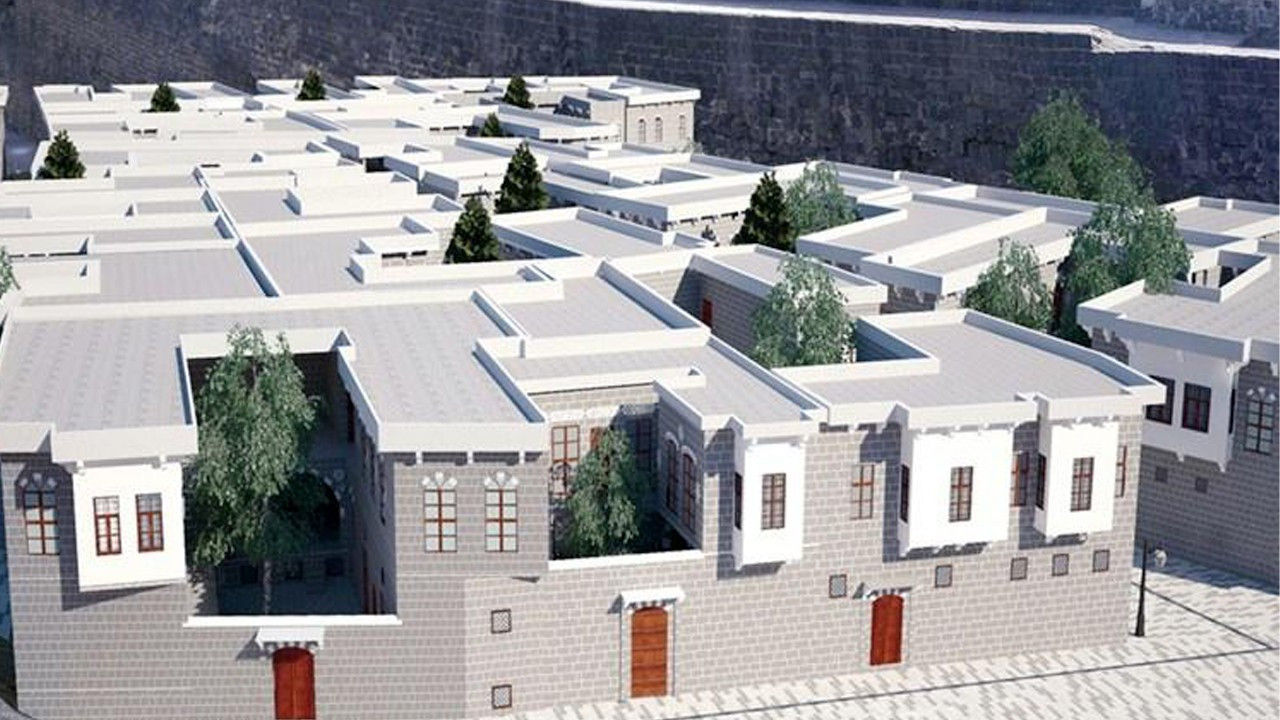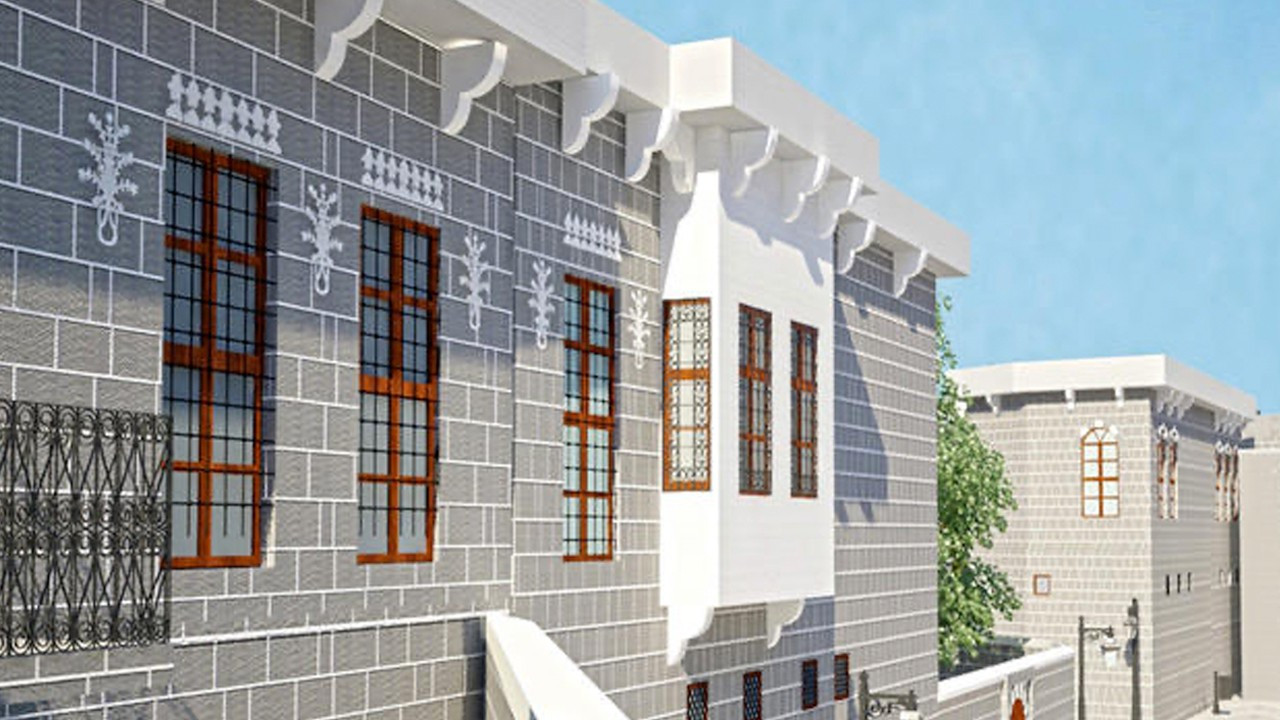Kurdish artist's exhibition displaying colorful coffins creates controversy
In his exhibition "Memory Room" in Diyarbakır, Kurdish artist Ahmet Güneştekin has displayed multiple colorful coffins, in an attempt to draw attention to the state's widespread oppression of the Kurdish minority. The exhibition has received widespread criticism on the grounds that it romanticizes human rights abuses against the Kurdish population and nothing has become “a past to remember” as the violence in the region is still ongoing.
Duvar English
Kurdish visual artist Ahmet Güneştekin's newly opened exhibition "Memory Room" in the southeastern province of Diyarbakır has led to protest among locals, with many saying that the work romanticizes human rights abuses against the Kurdish population.
Güneştekin opened up his exhibit in the city's historic Sur district on Oct. 16 with the sponsorship of the Diyarbakır Trade and Industry Chamber (DTSO), and prompted immediate protest, particularly over an installation including multiple colorful coffins.
"This is not an exhibition, it's a treason to all the values of the Kurdish people and the people of Amed," said a group of people who publicly protested the work according to Mesopotamia News Agency.
The group said that displaying colorful coffins during a time when "people get killed merely for being Kurdish" and hanging up shoes symbolizing the dead is a treason to the Kurdish values.
The group also protested the opening ceremony on the grounds that it was too festive considering the human rights violations targeted at the country's Kurdish community.
A video featuring journalists Ertuğrul Özkök and İsmail Saymaz performing the traditional halay dance at the exhibition was protested on social media on the grounds of the romanticization of Kurdish culture in a climate where the community suffers greatly.
(Özel)/ Diyarbakır/
— Ismail Kucukkaya (@KucukkayaIsmail) October 18, 2021
Bu görüntü çok konuşulur. Diyarbakır’da @AhmetGunestekin sergisinde Ertuğrul Özkök ve İsmail Saymaz Kardeş Türküler sahnede iken halay çekti. (İsmail Küçükkaya kamerasından) #SorunlarlaYüzleşelim pic.twitter.com/wVy8CDwysC
"It's a treason to the Kurdish people to slaughter them and also celebrate their culture with flowers, to play Kurdish songs at the opening in a time when Kurdish [language] is banned and people are killed just for being Kurdish," said the public statement from some protesters.
Critics of the exhibition said that if people want to see a real Kurdish memory archive, they should look at the ancient walls of the Sur district.
"Our homes were destroyed, and houses that are completely unrelated to Sur were built in their place. Our people were slaughtered. So this isn't an exhibit, it's a treason to all our values," they said.
Hundreds were killed in the region in 2016 during the armed conflict between Turkish security forces and the Kurdistan Workers' Party (PKK), dubbed a terrorist organization by Turkey, the United States and the European Union.
Some of the coffins in Güneştekin's exhibition were thrown off the historic walls of Sur, with the protesters heard to be saying "Wake up Amed, claim your history!"
The artist issued a statement on Twitter on Oct. 19 saying that he would open up the exhibition to the public free of charge, and that he would spend time in the city every weekend to receive criticism and answer questions about his work.
Her haftasonu Diyarbakır’da halkımızla buluşup, sergideki yapıtlar ve yapıtların üretim süreçleriyle ilgili merak ettiklerinizi yanıtlayacak, eleştiri ve önerilerinizi dinleyeceğim.
— Ahmet Güneştekin☀️ (@AhmetGunestekin) October 19, 2021
Sergi pazartesi günleri hariç 10:00-18:00 saatleri arasında ücretsiz gezilebilecek.#HafızaOdası pic.twitter.com/4VjcbxoFWu

 Diyarbakır's luxury villas 'aim to remove poor locals from Sur region'Domestic
Diyarbakır's luxury villas 'aim to remove poor locals from Sur region'Domestic Diyarbakır's Sur residents suffer from replacement of homes with luxury villasPolitics
Diyarbakır's Sur residents suffer from replacement of homes with luxury villasPolitics